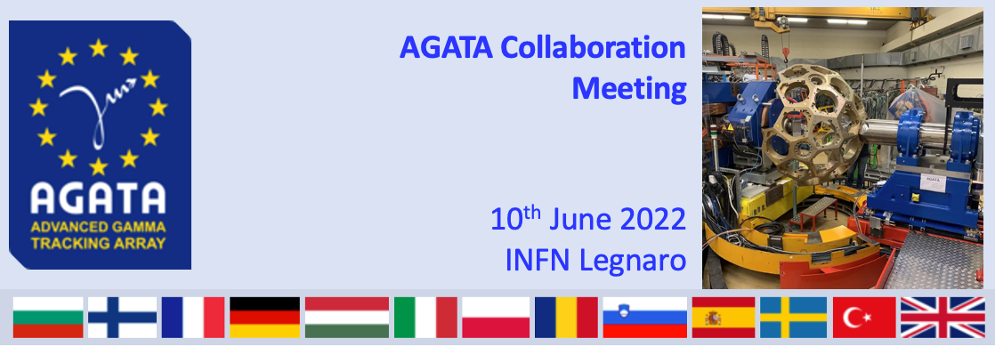Speaker
Description
The evolution of low-lying nuclear states of the neutron-rich nuclides near N=126 magicity in the south of 208Pb is important for studying the evolution of nuclear orbitals, interactions and understanding constraints to astrophysical r-process predictions. However, only limited knowledge of the excited states of these nuclei was available, owing to the difficulty in producing these nuclei using conventional methods. The recent multi-nucleon transfer reaction showed promising results with cross sections several orders of magnitude larger than those for fragmentation reactions.
The E806 experiment was carried out at GANIL to explore isotopes near N=126 shell closure using multi-nucleon transfer reactions. The beam of 136Xe (7MeV/u) and 198Pt target was used to populate nuclei of interest. VAMOS++ magnetic spectrometer and AGATA HPGe tracking array were used to measure projectile-like fragments and prompt gamma-rays from target-like fragments. Furthermore, several new experimental techniques were implemented in this experiment. First, a second arm, composed of a vacuum chamber and multi-wire proportional counter, was newly installed to measure the velocity vector of the target-like fragments. Second, four EXOGAM HPGe clover array was installed at the end of the second arm to measure the delayed gamma rays from the excited states of the produced nuclei. Finally, a new method to determine particle identification is under development using a machine learning algorithm. In this meeting, the preliminary result of the experiment, such as the proof of principle of the second arm and particle identification by machine learning, will be presented.

